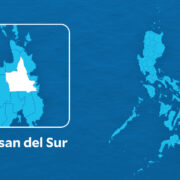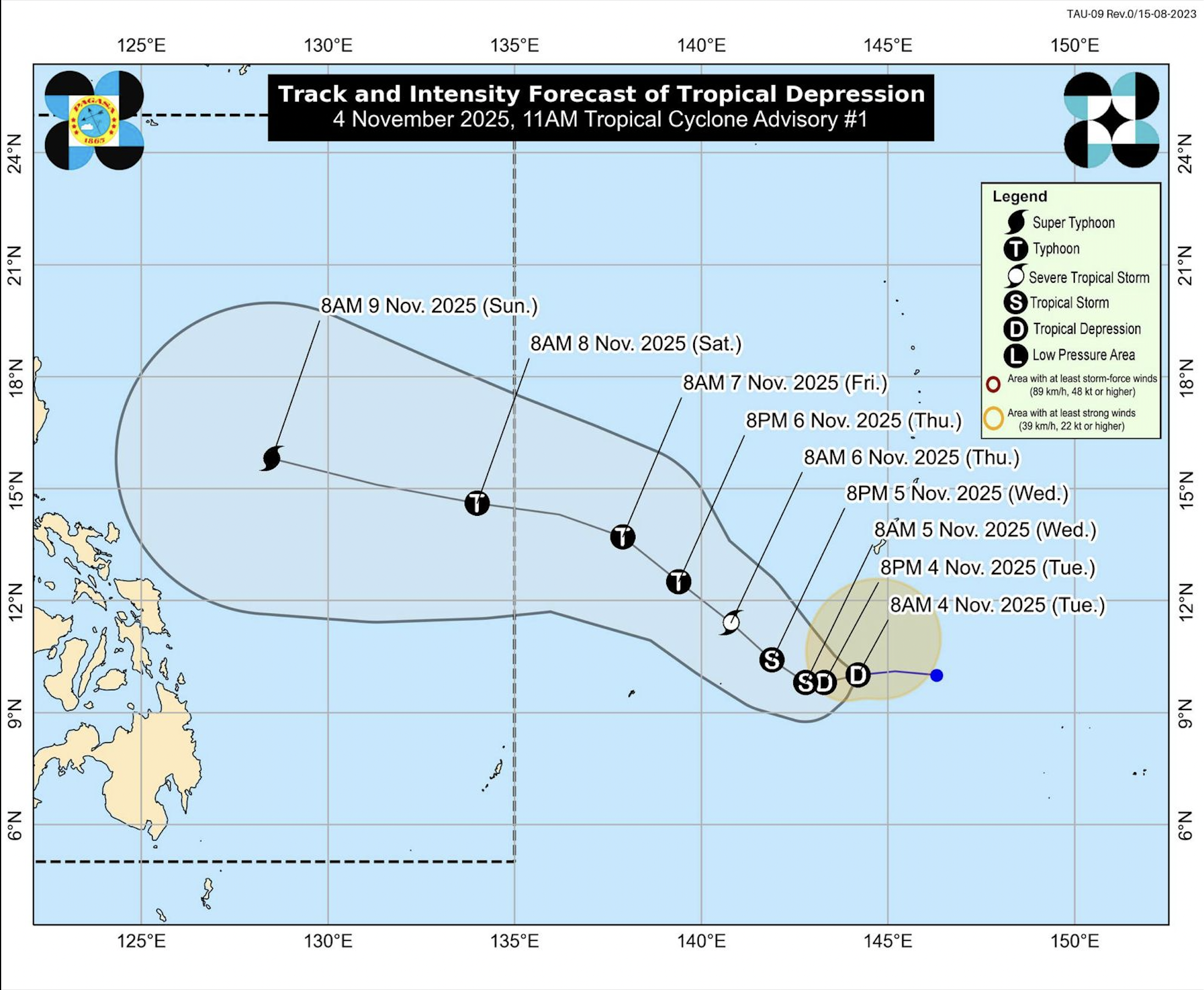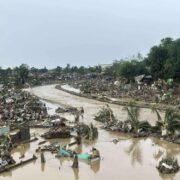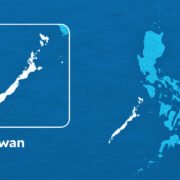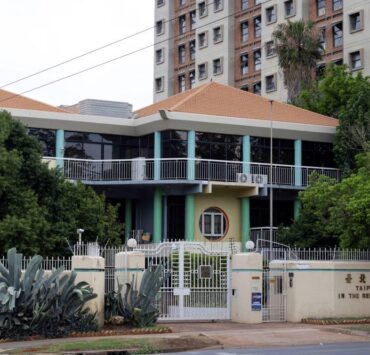Quakes rattle Greece’s tourism jewel Santorini
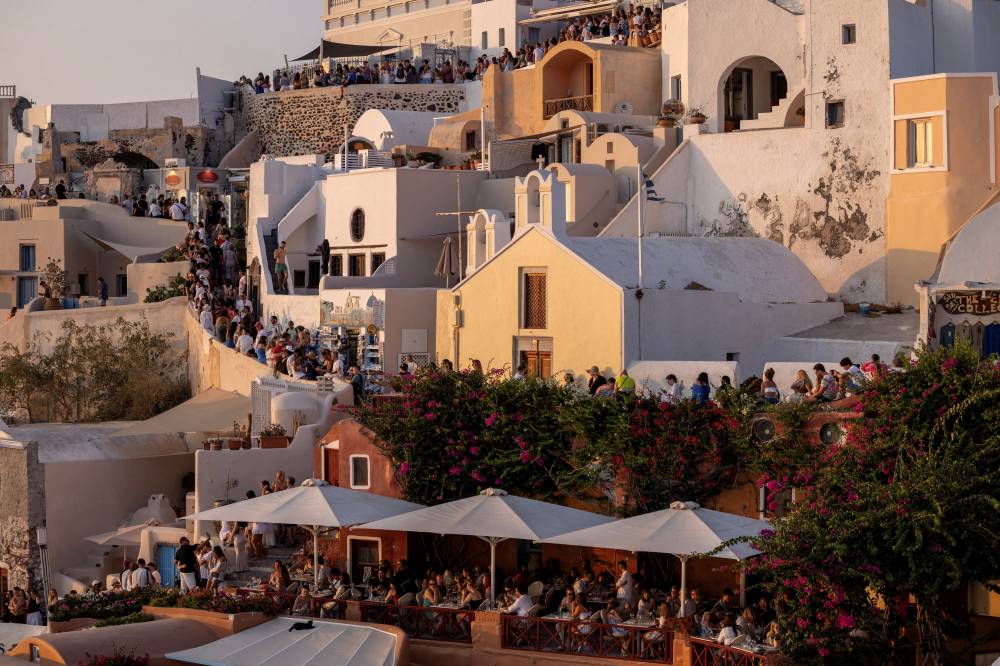
ATHENS—Greek authorities have warned of an increase in seismic activity around the Aegean tourist island of Santorini, advising people to avoid four ports, empty their pools, refrain from gathering in indoor spaces and shut schools on Monday.
The spike in seismic activity raised concerns about a potentially powerful earthquake.
More than 200 tremors have been registered since Friday between the volcanic islands of Santorini and Amorgos, the civil protection ministry said in a statement on Sunday, citing experts tasked with assessing earthquake risks and monitoring Greece’s volcanic arc.
While Greek experts say the quakes, measuring up to magnitude 4.7, are not linked to Santorini’s dormant volcano, they acknowledge that the pattern of seismic activity is cause for concern.
Precautionary measures including the Feb. 3 school closures, which have been extended to the islands of Amorgos, Ios and Anafi.
They have urged people on Santorini to stay away from the small ports of Ammoudi, Armeni, Korfos and the harbor of Fira, which serves mainly cruise ships. Many of Santorini’s ports are surrounded by sheer rock faces.
Pools drained
In Athens, Prime Minister Kyriakos Mitsotakis chaired an emergency meeting on the issue, as Santorini authorities prepared for a potential evacuation.
Fire Service rescue teams with sniffer dogs arrived on Sunday and established tents in open areas. Residents and visitors were advised to avoid large indoor gatherings, while hotels were instructed to drain swimming pools to reduce potential building damage from an earthquake.
Tents were set up in an outdoor stadium, police and the fire brigade were on alert and special disaster response units were on standby.
Crescent-shaped Santorini, which is slightly larger than Manhattan, is a premier tourism destination with daily arrivals via commercial flights, ferries and cruise ships.
The island draws more than 3 million visitors annually to its whitewashed villages, built along dramatic cliffs formed by a massive volcanic eruption more than 3,500 years ago.
The last eruption in the area occurred in 1950.
Greece sits on multiple fault lines and is often rattled by earthquakes.
Costas Papazachos, a professor of geophysics and seismology, who went to Santorini to assess the situation, said the measures were precautionary and the worst-case scenario was an earthquake measuring 6.0 or more.
“This does not necessarily mean that there will be a strong earthquake, it may well be that the thermal energy dissipates and we have a smaller earthquake in Santorini…But we have to take measures,” he told the Greek website protothema.gr
Reuters, the news and media division of Thomson Reuters, is the world’s largest multimedia news provider, reaching billions of people worldwide every day. Reuters provides business, financial, national and international news to professionals via desktop terminals, the world's media organizations, industry events and directly to consumers.



